Hip Roof vs. Gable Roof: Which One is Right for Your Home in 2024?
Choosing the right roof for your home or extension can greatly impact the building’s appearance, durability, and functionality. Two common roof types are hip roofs and gable roofs, each offering unique advantages and suited to different climates and styles. Wyoming Petes Builders is here to help you understand the differences between these roof types so you can make the best choice for your home.
What is a Gable Roof?

A gable roof features two sloping sides that meet at a ridge, forming a triangular wall section called a gable. This roof style is easily recognizable and popular in regions with cold or wet climates, as it efficiently sheds rain and snow.
What is a Hip Roof?
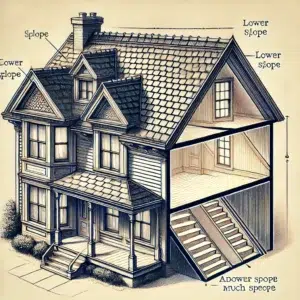
A hip roof slopes down on all four sides, forming a more enclosed, sturdy structure without flat ends. Hip roofs are particularly popular in areas prone to high winds, as they provide excellent stability.
Types of Hip Roofs
- Pyramid Hip Roof: Shaped like a pyramid, with four sides meeting at a central peak, ideal for structures like gazebos.
- Mansard Roof: Features two slopes on each side, with the lower slope being steeper, often used to create extra attic space.
Mansard Roof - Combination Roof: Also known as a flared hip, where the roof flares out at the base for added visual appeal.
- Hip and Valley Roof: Combines multiple hips and valleys, ideal for more complex architectural designs.
Types of Gable Roofs
- Open Gable Roof: The classic style with exposed gable ends made of siding or other exterior materials.
- Box Gable Roof: Enclosed triangular ends that extend out slightly, adding depth and dimension.
- Cross Gable Roof: Two gable roof sections intersecting at right angles, creating a unique look and larger attic space.
- Gambrel Roof: Similar to a barn roof, with two slopes on each side, offering extra storage or living space.
- Saltbox Roof: An asymmetrical style with one extended roof side, common in colonial architecture.
Comparing Hip Roofs and Gable Roofs
| Feature | Hip Roof | Gable Roof |
|---|---|---|
| Wind Resistance | High | Moderate |
| Snow Shedding | Moderate | Excellent |
| Cost | Higher | Lower |
| Construction Ease | Simpler | More Challenging |
| Attic Space | Limited | Ample |
| Insurance Benefits | Possible | Limited |
| Decor Options | Limited | Abundant |
Advantages of Hip Roofs
- Wind Resistance: Hip roofs offer superior performance in high-wind areas. Their sloping sides reduce wind pressure, making them less likely to sustain damage during storms.
- Insurance Savings: In hurricane-prone areas, some insurance companies offer discounts for homes with hip roofs due to their increased stability.
- Simple Construction: Hip roofs are often easier for builders to construct because all walls are the same height, requiring fewer supports and creating a streamlined look.
Disadvantages of Hip Roofs
- Snow Performance: Hip roofs usually have a gentler slope, which may allow snow to accumulate. While structurally sound, these roofs may require extra maintenance in snowy climates.
- Limited Attic Space: The internal bracing in hip roofs reduces usable attic space. However, dormers can be added to increase light and space if desired.
- Higher Cost: Hip roofs require more materials, making them slightly more expensive to build than gable roofs.
Advantages of Gable Roofs
- Lower Cost: With only two roof planes, gable roofs generally require fewer materials, making them more affordable than hip roofs.
- Better Ventilation: Gable roofs are ideal for attic ventilation, as gable vents allow for airflow, reducing moisture and keeping the home’s interior cooler.
- Increased Attic Space: The triangular structure of gable roofs creates more space in the attic, which can be used for storage or even as an additional room.
- Decorative Appeal: Gable roofs provide more room for decorative elements like gable brackets and trim, adding charm and curb appeal to the home.
Disadvantages of Gable Roofs
- Wind Vulnerability: Gable roofs are more susceptible to wind damage due to their flat ends, which can catch wind and potentially lift the roof. In high-wind areas, shorter overhangs and additional bracing are recommended.
- Complex Construction: Gable roofs can be more challenging to build, often requiring additional support and expertise to ensure stability.
FAQs
1. Which roof type is better for high-wind areas?
Hip roofs are generally better for high-wind regions due to their more enclosed, sloping design.
2. Are gable roofs more affordable than hip roofs?
Yes, gable roofs tend to be more affordable because they use fewer materials and are easier to construct.
3. Which roof type provides more attic space?
Gable roofs provide more usable attic space, making them a good choice for homeowners who need extra storage.
4. Can a roof combine both hip and gable features?
Yes, some roofs incorporate both styles for a unique aesthetic and to balance structural benefits.
5. Which roof type is better for snowy climates?
Gable roofs perform better in snowy climates due to their steeper slope, which helps shed snow more effectively.
Final Thoughts on Hip Roofs vs. Gable Roofs
Deciding between a hip roof and a gable roof depends on your budget, climate, and personal style. Hip roofs are sturdy and wind-resistant, making them ideal for storm-prone regions. Meanwhile, gable roofs are cost-effective and provide additional attic space, perfect for homeowners who need more storage. Wyoming Petes Builders can help you select the right roof type and install it with the highest quality materials.
Click here to get services from Wyoming Petes Builders and make the best choice for your roofing project!
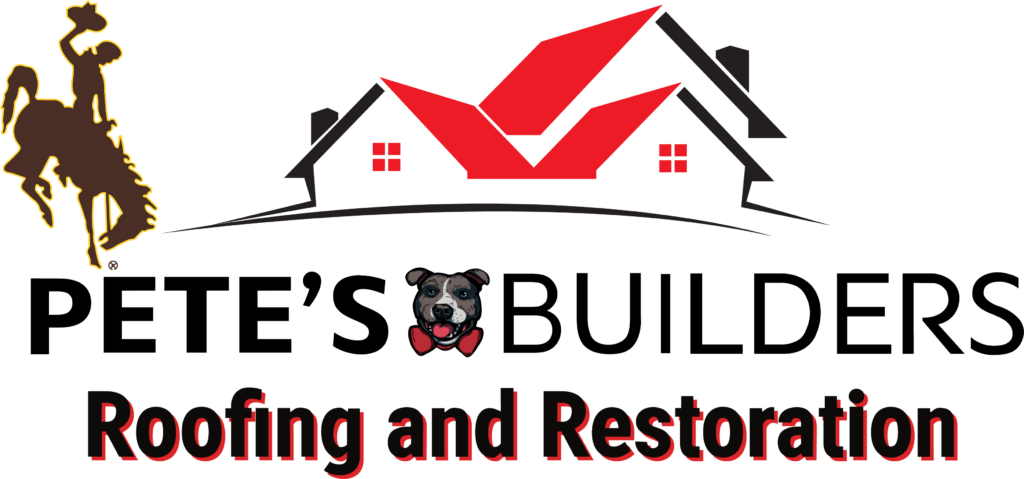
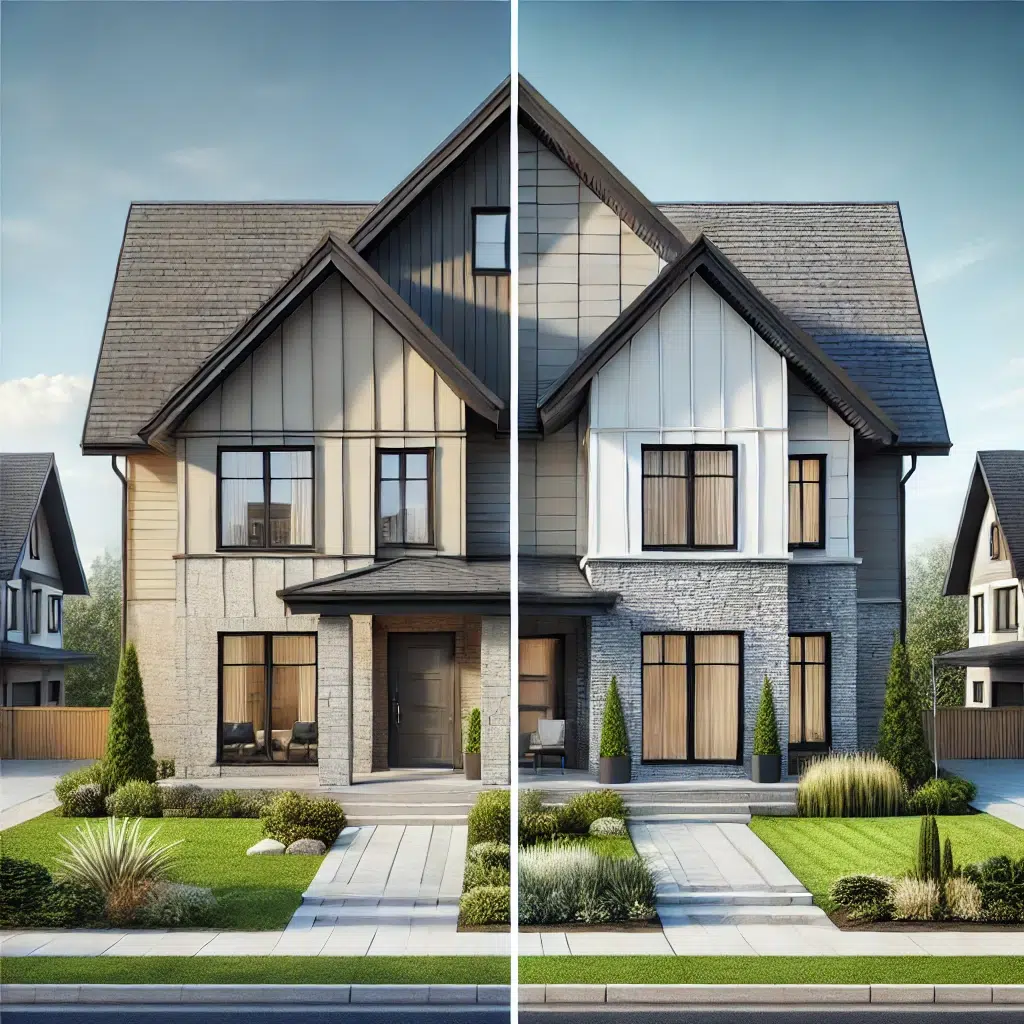
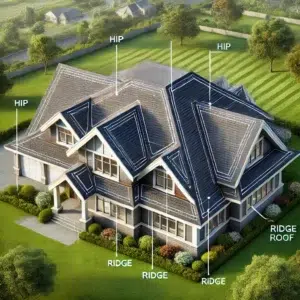
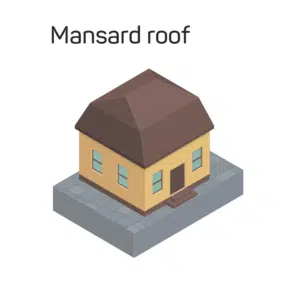


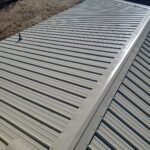
5 Comments
How to install Metal Roofing over Shingles? You Need to Know
November 22, 2024[…] it is technically possible, we rarely recommend installing metal roofing over shingles. This method might save initial costs, but it often leads […]
Unworn Piguet Royal Oak 15710st prices
June 12, 2025Discover detailed information about the Audemars Piguet Royal Oak Offshore 15710ST via this platform , including price trends ranging from $34,566 to $36,200 for stainless steel models.
The 42mm timepiece showcases a robust design with selfwinding caliber and water resistance , crafted in rose gold .
https://ap15710st.superpodium.com
Check secondary market data , where limited editions fluctuate with demand, alongside pre-owned listings from the 1970s.
Request real-time updates on availability, specifications, and investment returns , with free market analyses for informed decisions.
установка видеонаблюдения цена
June 22, 2025Монтаж систем видеонаблюдения поможет контроль вашего объекта круглосуточно.
Современные технологии позволяют организовать четкую картинку даже при слабом освещении.
Наша компания предоставляет различные варианты систем, адаптированных для дома.
установка камер видеонаблюдения в доме
Качественный монтаж и техническая поддержка делают процесс простым и надежным для каждого клиента.
Обратитесь сегодня, чтобы получить персональную консультацию по внедрению систем.
установка камер видеонаблюдения в частном доме цена
June 22, 2025Монтаж систем видеонаблюдения обеспечит безопасность вашего объекта в режиме 24/7.
Современные технологии обеспечивают надежный обзор даже при слабом освещении.
Вы можете заказать различные варианты систем, подходящих для дома.
videonablyudeniemoskva.ru
Грамотная настройка и техническая поддержка делают процесс эффективным и комфортным для любых задач.
Обратитесь сегодня, для получения персональную консультацию по внедрению систем.
установка камер видеонаблюдения частном
June 24, 2025Размещение оборудования для наблюдения позволит безопасность помещения круглосуточно.
Инновационные решения обеспечивают надежный обзор даже в ночных условиях.
Вы можете заказать множество решений систем, адаптированных для дома.
videonablyudeniemoskva.ru
Профессиональная установка и техническая поддержка обеспечивают эффективным и комфортным для любых задач.
Обратитесь сегодня, чтобы получить оптимальное предложение в сфере безопасности.